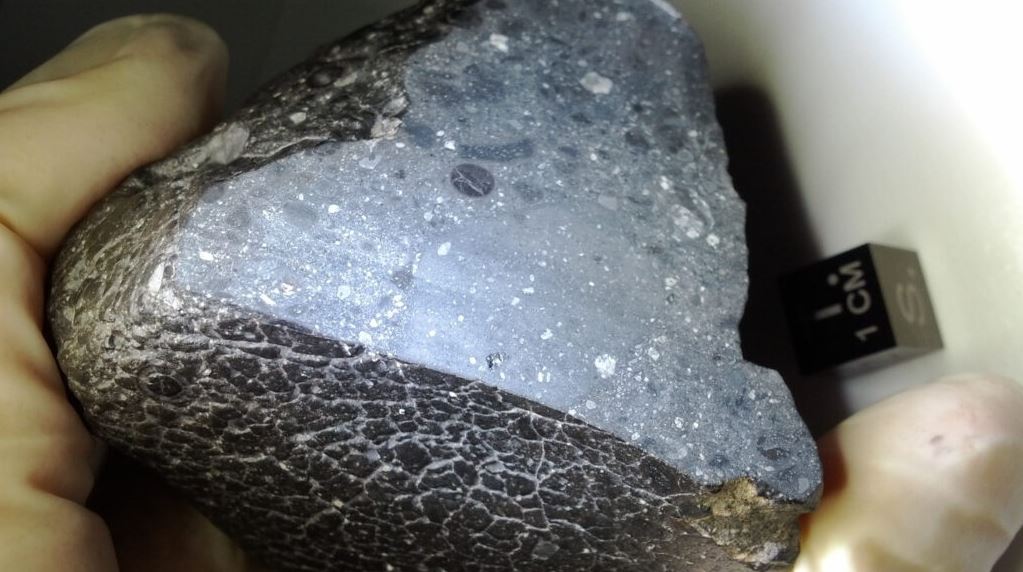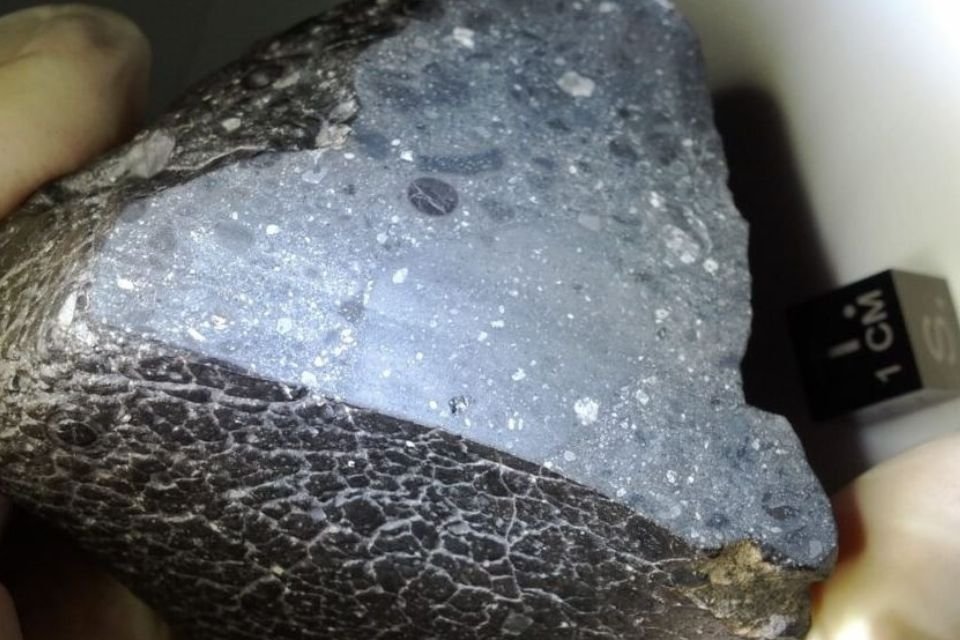Meteor trading is something that happens all over the world, after all they often fall to Earth; It’s no wonder that ‘meteor hunters’ are searching for cosmic rocks in different parts of the planet. However, there is a problem: You shouldn’t use magnets to look for meteors, because they can destroy important information stored ‘in stone’.
The truth is that astronomy is not an exact science and requires examining thousands of space samples, whether from exoplanets, distant stars, or meteors falling to Earth. Since space rocks are rich in different types of metals, one of the most common methods of searching and testing is to use magnets; but this could be a problem.
A study published in the journal Geophysical Research: Planets suggests that even a small magnet can erase information trapped in the magnetic field in a meteorite. Research showed that Ancient Martian meteorites lost their magnetic memories after being brought near magnets.
“Touching a meteorite with a magnet causes its magnetic record to vanish almost instantaneously. Here, we use numerical modeling, a controlled remagnetization experiment on Earth basalt, and a paleomagnetic study of the mating group of the oldest known Martian meteorite, Northwest Africa (NWA) 7034, to identify the meteorites.” We present the destructive effects of exposure to magnets, described in the introduction to the study.
Magnets and meteors
According to scientists, meteors can contain important information that will help learn more about where the meteor came from; Moreover, they can better understand some chemical elements in our universe. For example, astronomers can: Use data trapped in the rock’s magnetic field to discover more about the building blocks of life.
In the case of a meteorite on Mars, researchers can use the data to study the planet’s ancient history, including some minerals that could help provide further answers. Foteini Vervelidou, a planetary scientist and one of the study’s authors, explains that the opportunity to study these cosmic rocks could be wasted if they were found using magnets.
After using a magnet, whether to search for a meteorite or to test the authenticity of the “stone,” the natural magnetism of the sample is removed. From here, it will present a different pattern where the outer parts are more magnetized than the core; This was the case with all fragments found in NWA 7034, and therefore it was not possible to detect information about the ancient magnetic field of Mars.

“There was an incredible record there and a unique opportunity to understand the early history of Mars’ magnetism. But we discovered that everything was destroyed by the magnets. There’s a long history of stalemate and confusion regarding remagnetized rocks,” he said at the Massachusetts Institute of Technology ( Study author Benjamin Weiss, professor of planetary sciences at MIT.
What to use instead of magnet?
Samples of the meteorite NWA 7034, nicknamed Black Beauty, were found in deserts in Africa; Scientists discovered that the rock contains crystals that formed on Mars 4.4 billion years ago. Unfortunately, The magnetic field of all samples was ‘erased’ after the magnets were used.
The research team explains this the best way to test these is to use a susceptibility meterSmall portable instruments that can detect whether it really is a cosmic rock. This way the magnetic information will remain intact.
“There has been an incredible explosion in the variety and number of meteorites in the last 20 years, and we owe meteorite hunters a debt of gratitude for finding them. But the downside is that the devil’s bargain is that they often use magnets to find them, instantly destroying their magnetic records in the process,” Weiss concludes.
Stay up to date with astronomy discoveries here TecMundo. If you want, find out what your chances of getting hit by a meteor are.
Source: Tec Mundo
I’m Blaine Morgan, an experienced journalist and writer with over 8 years of experience in the tech industry. My expertise lies in writing about technology news and trends, covering everything from cutting-edge gadgets to emerging software developments. I’ve written for several leading publications including Gadget Onus where I am an author.












